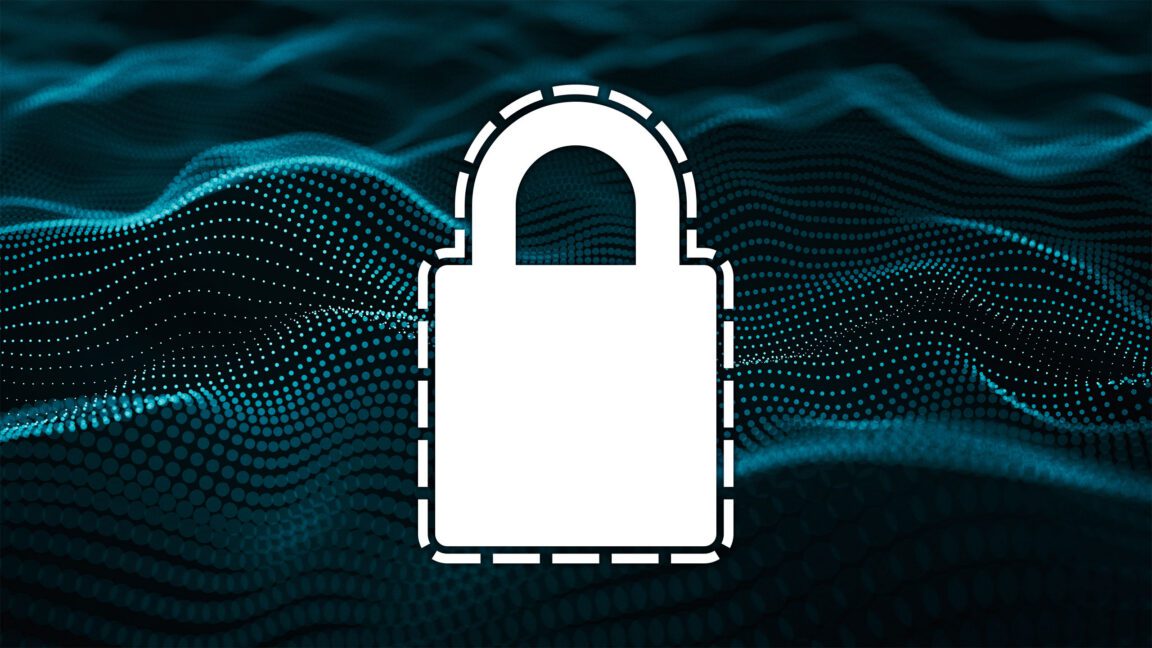
Federal health agencies are grappling with the fallout from mass layoffs that have significantly impacted the Centers for Disease Control and Prevention (CDC), despite some terminations being partially reversed shortly after the initial announcements.
Overview of the Layoffs
On Friday, reports emerged indicating that over 4,000 federal workers were initially targeted for layoffs across various agencies, with the Department of Health and Human Services (HHS) bearing a substantial portion of these cuts. The Trump administration attributed these firings to the ongoing government shutdown, a justification that has raised legal concerns among experts and prompted unions to take action.
Scope of the Layoffs
While the exact numbers are still being clarified, estimates suggest that between 1,100 and 1,200 employees within HHS were affected. This department is crucial, housing key federal agencies such as:
- Centers for Disease Control and Prevention (CDC)
- National Institutes of Health (NIH)
- Food and Drug Administration (FDA)
- Centers for Medicare & Medicaid Services (CMS)
Prior to the onset of Trump’s second term, the HHS workforce numbered approximately 82,000. However, this figure had already been reduced to around 62,000 earlier in the year due to previous cuts and efforts aimed at streamlining the federal workforce.
Legal Implications of the Layoffs
The legality of the mass layoffs has come under scrutiny. Legal experts have suggested that linking terminations to the government shutdown may violate federal employment laws. Unions representing federal workers have swiftly responded by filing lawsuits challenging the legality of the firings. These legal actions could have significant implications for the future of federal employment practices and the rights of workers during government shutdowns.
Union Response
The unions have expressed outrage over the abrupt and sweeping nature of the layoffs. They argue that such actions not only undermine the workforce but also jeopardize public health and safety. The unions contend that the government has a responsibility to maintain a stable workforce, especially in critical areas like health services, where continuity is essential for effective public health responses.
Impact on Public Health Services
The layoffs come at a particularly precarious time for public health in the United States. The CDC, which plays a vital role in disease prevention and control, faces challenges that could be exacerbated by the loss of personnel. The agency has been at the forefront of managing public health crises, including the COVID-19 pandemic, and any disruption in its operations could have far-reaching consequences.
Operational Challenges
With a reduced workforce, the CDC may struggle to maintain its current level of service. The agency is responsible for:
- Monitoring and controlling disease outbreaks
- Conducting health research
- Providing guidance on public health policies
- Coordinating responses to health emergencies
As the nation continues to navigate various health challenges, including the lingering effects of the COVID-19 pandemic, the loss of experienced personnel could hinder the CDC’s ability to respond effectively. This situation raises concerns about the overall preparedness of the public health infrastructure in the U.S.
Political Context
The mass layoffs are set against a backdrop of political turmoil and ongoing debates about the role of government in public health. The Trump administration has been criticized for its handling of various health crises, and these layoffs may be viewed as part of a broader strategy to reduce the size of government and limit federal spending.
Historical Precedents
Historically, government shutdowns have led to furloughs and layoffs, but the scale of these recent firings is unprecedented. Previous administrations have typically sought to minimize disruptions to essential services during shutdowns, but the current approach appears to prioritize budget cuts over public health considerations.
Stakeholder Reactions
The reactions to the layoffs have been mixed, with various stakeholders voicing their concerns and opinions. Public health advocates, healthcare professionals, and political leaders have all weighed in on the implications of the firings.
Public Health Advocates
Public health advocates have expressed alarm at the potential consequences of the layoffs. They argue that a robust public health workforce is essential for protecting the health of the population, especially in times of crisis. Many have called for immediate action to reverse the layoffs and restore funding to health agencies.
Healthcare Professionals
Healthcare professionals have echoed these concerns, emphasizing that the loss of personnel could lead to gaps in critical services. They stress the importance of having adequate staffing levels to ensure that health agencies can respond effectively to emerging health threats.
Political Leaders
Political leaders from both sides of the aisle have expressed their views on the layoffs. Some have criticized the administration for its handling of the situation, while others have defended the need for budgetary constraints. The divide reflects broader ideological differences regarding the role of government in healthcare and public services.
Future Implications
The fallout from the layoffs is likely to have lasting implications for the federal workforce and public health services in the United States. As legal challenges unfold and public outcry continues, the administration may face pressure to reconsider its approach to workforce management.
Potential Reversals and Reforms
There is a possibility that some of the layoffs could be reversed, especially if legal challenges gain traction. Additionally, the situation may prompt discussions about reforms in federal employment practices, particularly regarding how layoffs are handled during government shutdowns.
Long-Term Consequences for Public Health
The long-term consequences of these layoffs could be significant. A weakened public health infrastructure may struggle to respond to future health crises, potentially leading to adverse outcomes for the population. The loss of institutional knowledge and expertise could hinder the ability of agencies like the CDC to effectively manage public health challenges.
Conclusion
The mass layoffs at the Department of Health and Human Services, particularly affecting the CDC, represent a critical juncture for public health in the United States. As the legal and political ramifications unfold, the future of federal health agencies hangs in the balance. The implications of these actions extend beyond the immediate workforce reductions, raising fundamental questions about the role of government in safeguarding public health and the stability of federal employment practices.
Source: Original report
Was this helpful?
Last Modified: October 14, 2025 at 4:40 am
2 views















